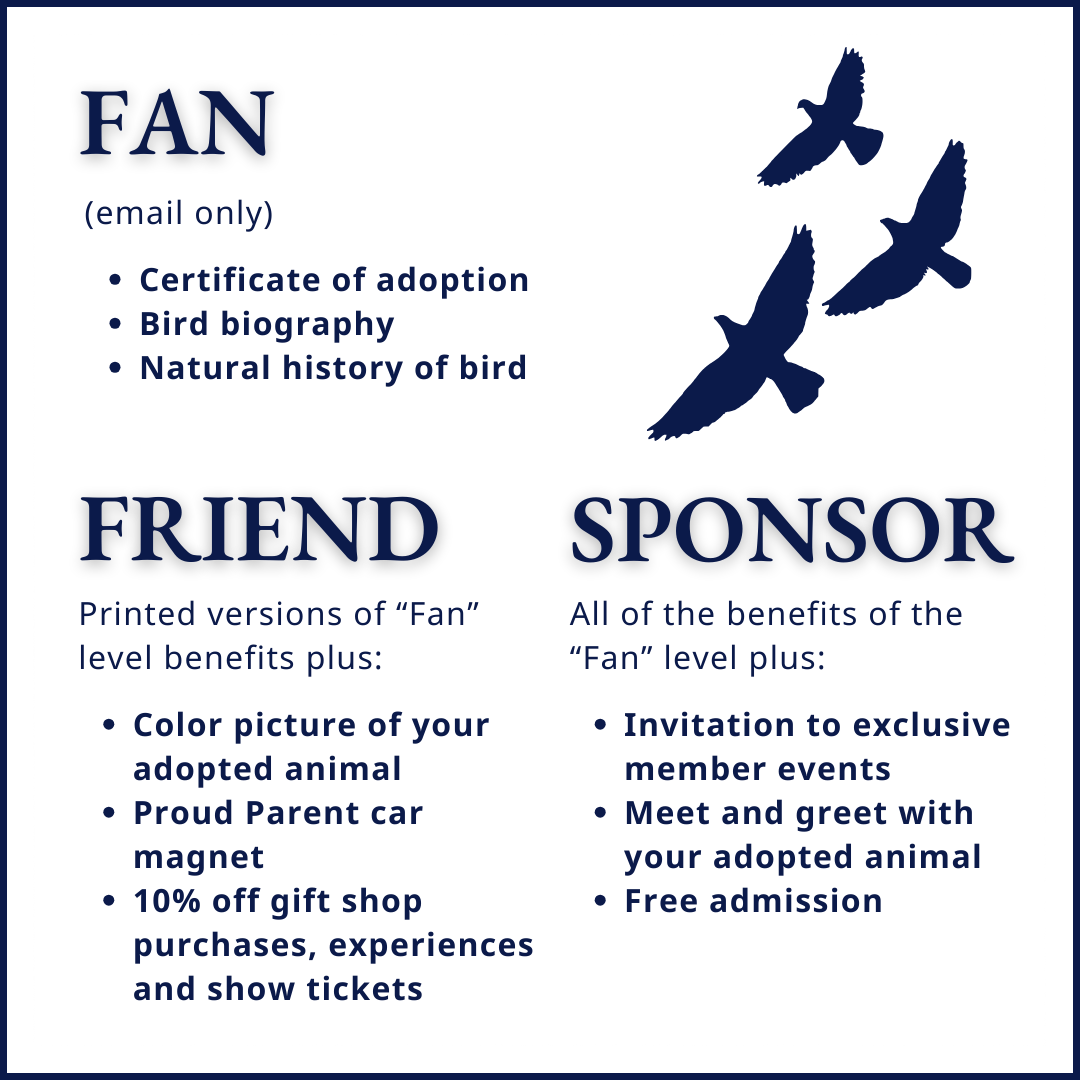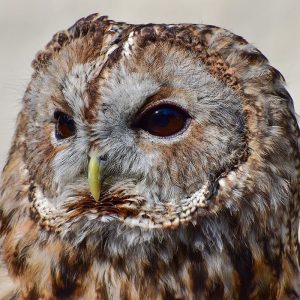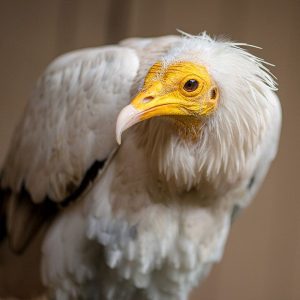Spectacled Owl – Diego
Diego arrived at World Bird Sanctuary with his mate Carmen in 2020 as part of a breeding loan from the Cincinnati Zoo. It didn’t take long for staff to recognize that Diego was far less interested in breeding than he was with spending time with the staff. As Carmen also did not show any interest in Diego, it was decided Diego would be far happier as an educational ambassador for his species.
$29.00 – $129.00
Description
HATCH YEAR: 2007
FUN FACTS ABOUT DIEGO
- Since joining our education team Diego has been an absolute rock star! His love for people and trainer interaction has made him an eager participant in education programs as well as displays and meet and greets.
- When not out at programs educating people about the importance of rainforest habitats and owls, he is well known for his deep, knocking hoots he will do at the barest provocation.
- Diego has found his travel crate has excellent acoustic for his deep “wub-wub-wub” call and often the naturalists find themselves having to talk over his happy calls mid-program!
SPECIES FACTS
Scientific Name:
- Pulsatrix perspicillata.
Distribution:
- Native to the neo-tropics. Found in southern Mexico and Trinidad; throughout Central America and South America including Brazil, Paraguay and northwestern Argentina.
Habitat:
- Tropical rainforests with old-growth trees; secondary hunting locations at forest edges. On occasion can be found in dry forests, savanna plains with trees, plantations, and semi-open areas with trees.
Diet:
- Variety of rodents and small mammals that are nocturnally active.
Behavior:
- Mostly nocturnal, usually starting night activity around dusk.
- Roost during the day in solitary. Spectacled owls are typically not social with others of their species unless it is during the breeding season.
- Ambush predators. They will sit and look around roosting in a tree and then once prey is spotted, quickly swoop down and pounce on it.
Identification:
- Owl with large rounded head lacking feather tufts.
- Dark brown and caramel colored plumage. Face is dark with contrasting white spectacle markings around their yellow eyes; beak is pale, belly feathers are caramel colored while rest of body is dark brown; contrasting white band of feathers around neck.
- Call is a guttural rapping or knocking sound, also with a popping effect. Sounds like PUP-pup-pup-pup-po, POK pok pok bog bog bog bobobo or BOO Boo boo boo boo. In Brazil they are locally known as the “knocking owl.”
Additional information
| Adoption Level | Fan, Friend, Sponsor |
|---|





